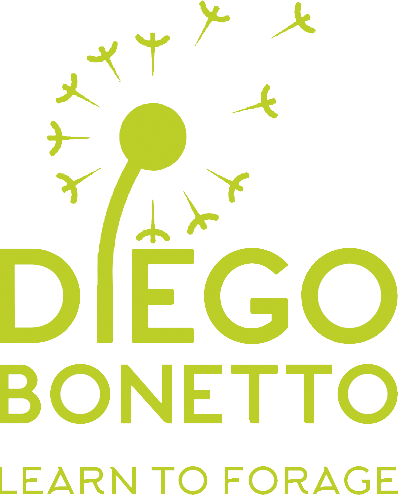Storytelling as Art – foraging for change
I wrote this article below for the Finders Sharers publication by Open Space Contemporary Arts.
I was asked to provide an account about my art, how is it that what I do as a story teller could be read in terms of contemporary art. I decided to share it here too>>
It’s raining in Sydney. It’s good. It hasn’t been raining properly for about three months. Parks, grassy verges and playing fields that are not profusely irrigated have by now dried out. Bare soil, remnants of plants and tough weeds amongst the trees are all that remains.
But now it is raining.
My name is Diego. I live in Sydney and I do my best to care for and take notice of the environment around me. I try to educate people and encourage their awareness of urban ecologies and cycles. I teach foraging workshops to open people’s eyes to what is right in front of them and always hope they will pass on this knowledge.
This is my art, my leisure, my job and the great majority of my conversation.
So how is it that taking people out for a walk is art? How do I frame my workshops as contemporary storytelling and above all, why do I think it is important to lend the skills acquired as a cultural producer to propagate very old stories of belonging and connection?
How is what I do contemporary art? By giving people the ability to name and therefore recognise and identify plants in the landscape, I enable them new eyes for our ecologies.
I paint new landscapes in people’s perspectives.
A common comment made by participants at my workshops is ‘I will never see the landscape in the same way’.
This ‘way of seeing’ enables people to notice aspects of hydrology, weather patterns and soil condition/pollution. By training people with simple plant ID skills I open Pandora’s box right in front of them.
I do so combining a set of skills well known to educators: story telling, pattern recognition, audience engagement via a fun and rewarding activity. By creating a lived experience I aim to counteract the widespread disconnection to our biospheres that humans find themselves in.
I trained as an artist about two decades ago, and while learning how to paint, draw, talk and perform, I lamented that I saw a lack of true outreach via those mediums. I found ‘art for Art sake’ indulgent and entitled.
I wanted to act on the ever-growing plant blindness that made modern societies treat other species as furniture and items to be placed, used and destroyed for the service of our wealth.
Plant blindness is a thing. Biologist like Kathryn Williams and Mung Balding of Australia’s University of Melbourne, amongst many other scientists and academics define plant blindness as “the inability to see or notice the plants in one’s own environment—leading to: (a) the inability to recognize the importance of plants in the biosphere, and in human affairs; (b) the inability to appreciate the aesthetic and unique biological features of the life forms belonging to the Plant Kingdom; and (c) the misguided, anthropocentric ranking of plants as inferior to animals, leading to the erroneous conclusion that they are unworthy of human consideration.”
So there I was, my green heart aching while I witnessed my upbringing in a traditional farm in northern Italy regarded as irrelevant in today’s spectrum of priorities.
I armed myself with the teachings of storytellers such as Dario Fo, social ecologists such as Stuart Hill, anthropologists such as Tim Ingold, biologists such as Tim Low and History professor Heather Goodall amongst many, and devised a strategy that would bring back vernacular knowledge into everyday life’s relevance.
To achieve the biggest impact I moved away from what is safe, restrictive framing of white walls (galleries) and black boxes (theatres). Nowadays most of my ‘art’ happens outside, on the walks I take people on, via mainstream media which enables me to reach a wider audience and via collaborating with non-art industries, particularly chefs, alternative health practitioners, environmental managers such as bush regenerators and academics such as geographers and sociologists.
Joseph Beuys presented the concept of social sculpture back in the ‘60s, arguing for an art practice that would create structures in society using language, thoughts, actions, and objects.
I, and many other artists with me, move towards fulfilling what we see as our obligation as cultural stewards to bring back care to the land we live in.
It’s raining in Sydney. That is good. I believe the best part of that statement is the realisation that we noticed.
